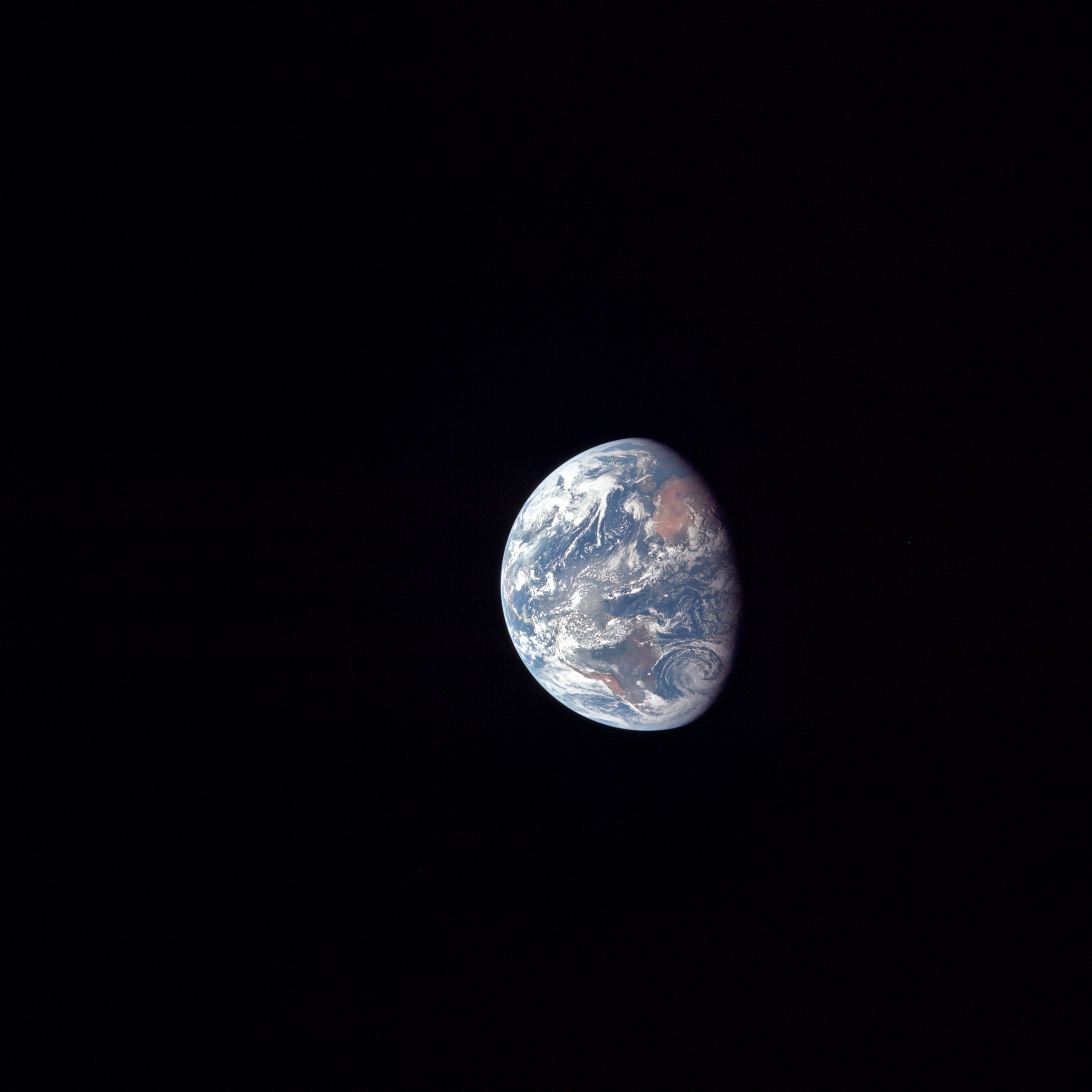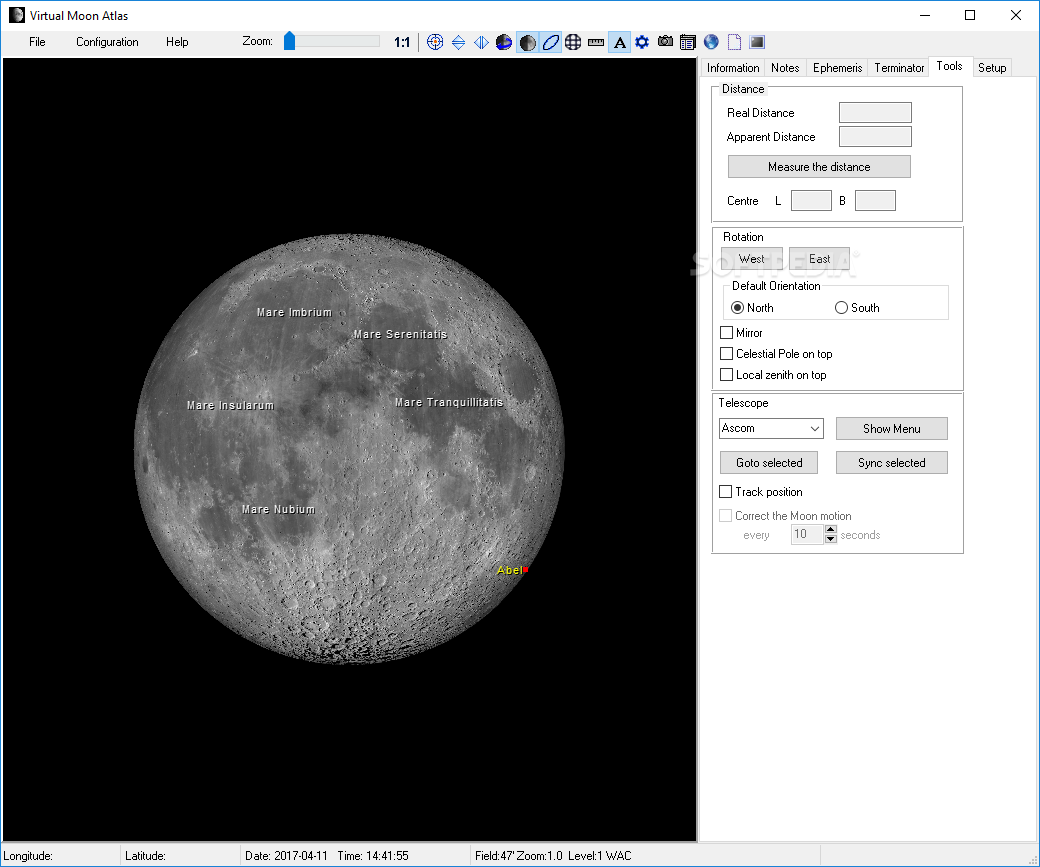

"It's exciting especially because I do remember these missions.


"Landing on the moon was truly exciting it's kind of like landing on Mars nowadays," Paul Chodas, head of NASA's Center for Near-Earth Object Studies at the Jet Propulsion Laboratory in California, who saw the object detected during asteroid surveys and realized it was likely the Surveyor 2 Centaur, told. Its predecessor probe, Surveyor 1, made the first American soft landing on the moon. Overall, the program was a success Surveyor 2 itself was the lone exception when it crashed into the lunar surface. launched seven missions dubbed Surveyor, each designed to land on the moon. The particular Centaur bit now temporarily rattling around Earth was part of a vital suite of missions that led the way to the Apollo program by proving that it was safe to land on the moon, although its particular spacecraft failed.īetween 19, the U.S. "It's assembled in the week leading up to launch … it launches and separates and gets left in bits." Surveying the moon "In our minds, we have this vision of the rocket, which is the big tall spiky thing on the launchpad, but that rocket only exists for a short period of time," she said. Launch vehicles spend much more time as their components, often spread across wide geographies, than they do as a single unit. The Centaur's long history is a good reminder of the transitory, mix-and-match nature of every rocket, Gorman said. Only one version of the Centaur stage continues to fly today, built into United Launch Alliance's Atlas V rockets, but it is also designed into the company's future Vulcan Centaur rocket, due to launch perhaps next year. In the 1980s, it was even adapted to launch inside NASA's space shuttle to guide satellites to their proper orbits, although it never ended up flying in that configuration. "It's just like a big fuel tank with a couple of rocket engines." And it's flexible: While over the years it has most commonly flown with the Atlas first stage, it can join with a range of rockets. "It's a really simple rocket," Gorman said. (Image credit: NASA)īut despite that leading role, the Centaur upper stage is deceptively straightforward. catch up to the Soviet Union during the space race.Ī Centaur upper stage rocket body seen in 1964 being joined to an Atlas rocket. Centaur's success established that liquid hydrogen could be used safely, helping the U.S.

The stage was a vital development in rocketry because it was the first successful design to rely on dangerously temperamental but lightweight and efficient liquid hydrogen, according to a NASA-published history of the component. It was the result of a partnership between NASA (and its predecessor) and the commercial sector in the late 1950s and first launched in March 1962. The Centaur rocket stage in one form or another has played a key role in space exploration for essentially the entire history of spaceflight. Throughout those years, the Centaur's successors have proliferated, blasting countless rockets off Earth and onto a host of Earth-orbital and planetary exploration missions. The metal cylinder that had delivered it, meanwhile, breezed past our celestial neighbor and settled in to circle the sun more or less in tandem with our home planet.Īnd apparently, it's been doing that for 54 years. Three days later, that spacecraft inadvertently crashed into the moon. 20, 1966, perched atop an Atlas D first stage and carrying at its tip a spacecraft called Surveyor 2. This particular hunk of metal left Earth on Sept.


 0 kommentar(er)
0 kommentar(er)
